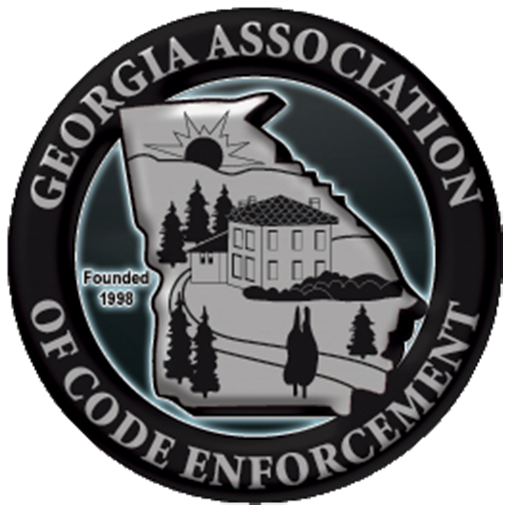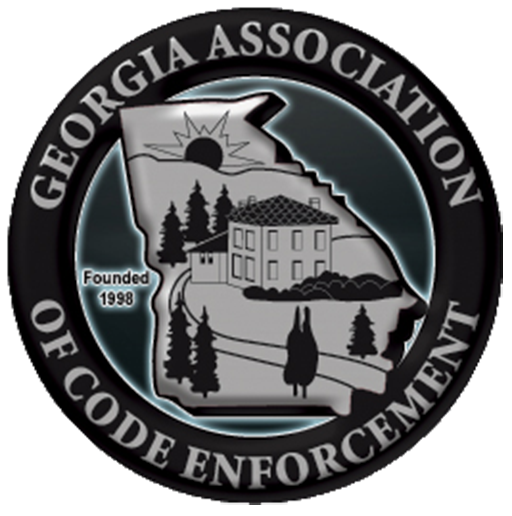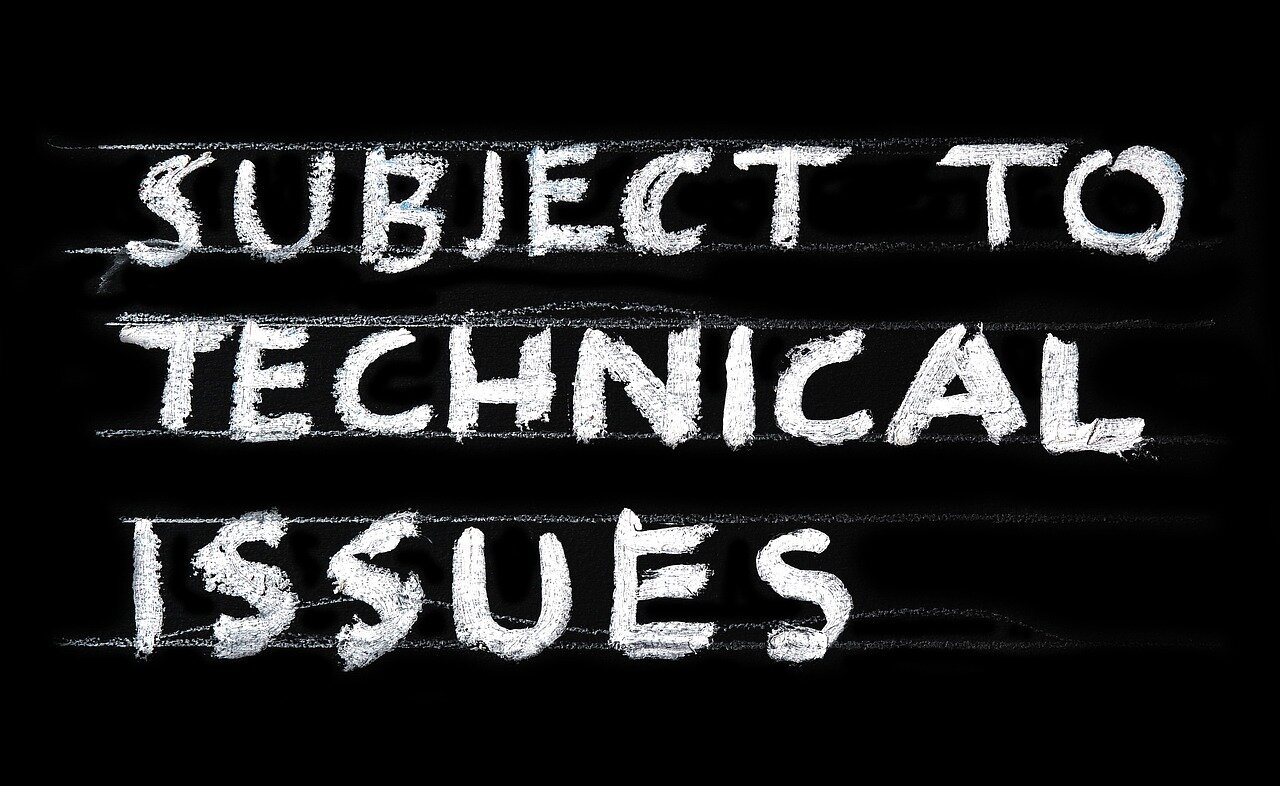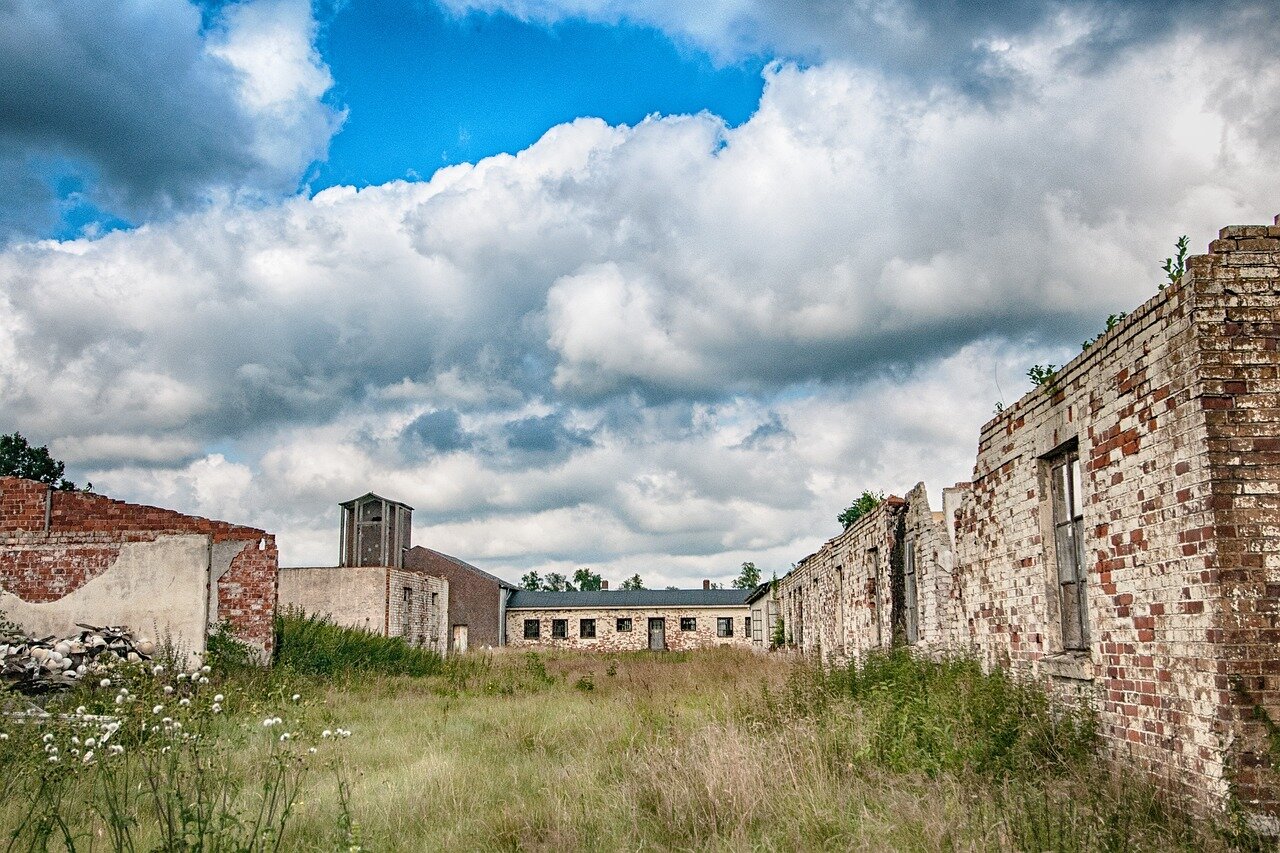This exception is vitally important to the building official. Many violations are visible from the exterior of a building. An official may discover a number of code violations merely by standing on the sidewalk or other public right-of-way and observing the exterior of a structure. This exception also allows the building official to look through windows to discover violations which may be present “within plain view”. Naturally, if the occupant objects to a further inspection, the building official should immediately depart. An inspector should not attempt to inspect the rear of any property under the exception unless it backs up on a public alley.
Frequently, someone who is upset about a problem on his or her neighbor’s property will allow the building official to view it from his or her home. Anything the inspector sees may be used as evidence, even if the building official stands at a secondary window or in the backyard. Using a ladder to peer over a fence, however, is not permissible. The area surrounding a house, the curtilage, is an area in which a defendant has a reasonable expectation of privacy and is not subject to a general search.
The rules for commercial property are somewhat different. Those portions of a business open to the public are considered public area and are open to visual inspection without consent of the owner. Anything observed from an airplane flying over this type of land may be used in court.
An inspector who finds a violation under the plain view exception must still get a warrant in order to search other areas which are not in plain view and for which the occupant has refused consent. Citing one violation is not grounds to undertake a more thorough inspection, at least not without a warrant. In a case involving a health inspector, the failure of the inspector to secure a warrant before entering a number of units in an apartment complex led the court to reverse a dismissal of a civil rights lawsuit by a lower court. The inspector argued that the units were open and completely unsecured and therefore not reasonably within the owner’s expectation of privacy. The court disagreed. Merely because the units were open and unsecured did not necessarily mean that the owner had no privacy interest in them:
The fact that members of the public could have discovered these alleged violations by affirmatively trespassing upon {the} properties, of course, fails to legitimize an otherwise invalid search, and the fact that portions of the interiors may have been visible to tenants and their guests and invitees does not mean that {the owner} necessarily “threw open” the interiors of his premise to general public scrutiny.
In short, the inspector’s failure to recognize and respect the owner’s Fourth Amendment rights gave rise to a valid cause of action against the inspector for a violation of the owner’s civil rights. Out in the field, the building official must guard against the temptation of carrying an inspection further than the law will allow. Code violations that are “in plain view” do not give the building official any authority to explore the premises searching for other violations.”
* ICC Legal Aspects of Code Administration
Definition: Cornell Law School
Information originally posted by Keith Colquitt here.
Edited October 13, 2023 at 03:51 PM by @dmaidon
- 0 comments
- 97 views
-










